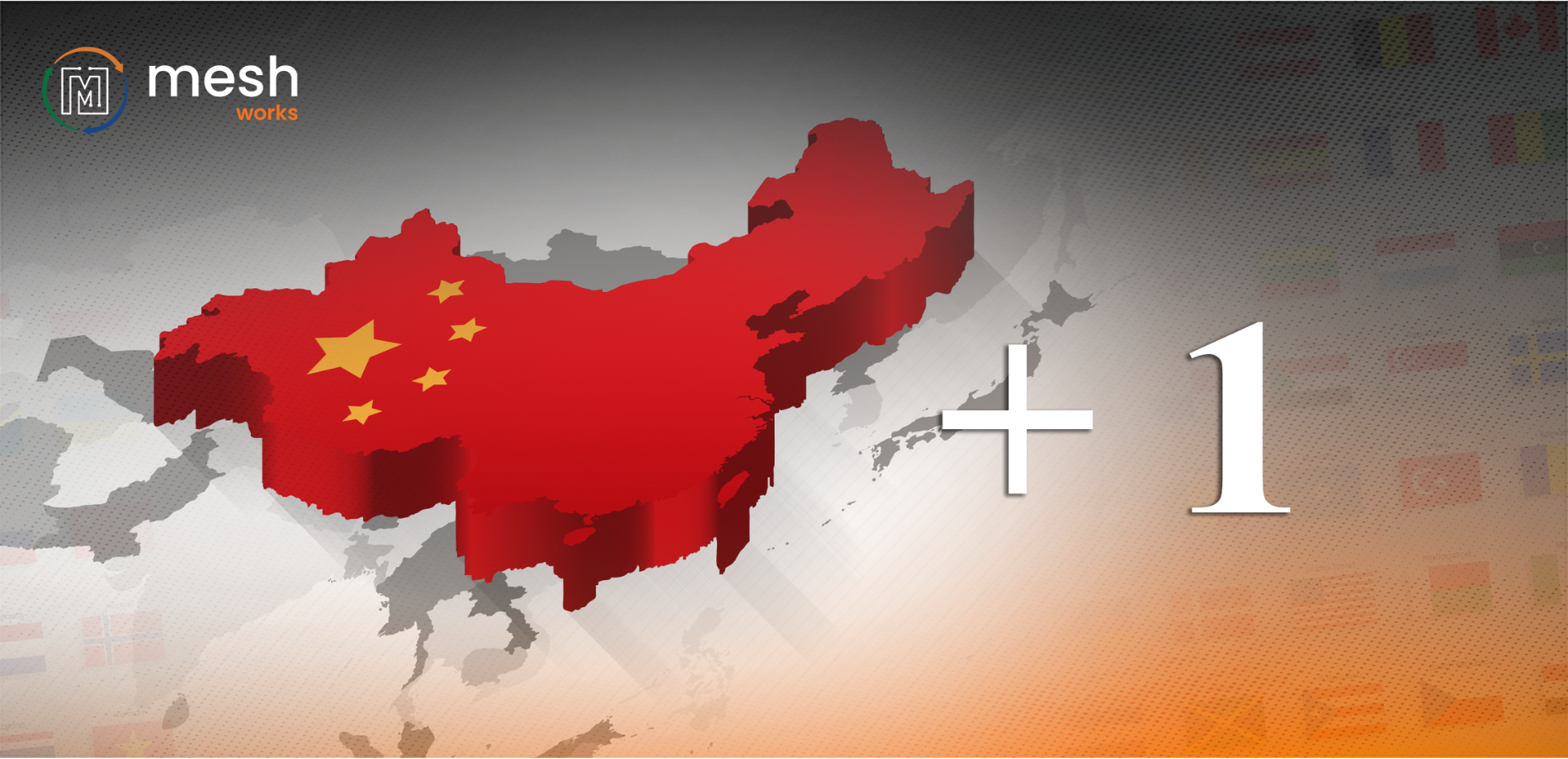When the tariffs went into effect in 2018, everything changed. Let us explore the impact of China+1 strategies since the first round of 2018 tariffs in detail.
The primary trend leading up to then was globalization. All countries were expanding their workforces and the markets they were serving and leveraging the benefits the world could provide in terms of costs and talent.
In 2018, the US imposed the first round of tariffs on Chinese goods, triggering a massive shift in global supply chains. This was the driving factor behind “China+1” strategies, where companies began diversifying their manufacturing and sourcing beyond China to mitigate risks.
How has China+1 transformed global supply chains?
1. Rise of Alternative Manufacturing Hubs
Countries like India, Vietnam, Mexico, and Indonesia have emerged as capable alternatives and major beneficiaries of the China+1 strategy. Companies looking to avoid increasing tariffs and reducing geopolitical risks have invested significantly in these places to fuel growth and infrastructure development.
Vietnam: Electronics and textile manufacturing have boomed, with companies like Samsung and Apple shifting production.
India: Government incentives and a growing workforce have made it a rising star in the electronics, pharmaceuticals, and automotive sectors.
Mexico: Proximity to the U.S. and trade benefits under the USMCA have driven nearshoring trends, especially in automotive and industrial manufacturing.
2. Diversified Supplier Networks & Sourcing Strategies
Companies that once depended heavily on China are now adopting a more regionalized approach. Businesses leverage multi-country supply chains instead of relying on a single country to de-risk operations. This diversification has led to:
Increased supplier auditing and due diligence to ensure quality and compliance across multiple locations.
Greater supply chain agility, with companies developing redundancies to avoid production stoppages.
A shift in procurement models, with businesses balancing cost, risk, and speed-to-market rather than pure cost savings.
3. Challenges in Transitioning Away from China
While diversification has benefits, moving out of China hasn’t been easy. Many companies face challenges such as:
High initial investment costs for setting up new production facilities.
Skilled labor shortages in alternative locations make matching China's efficiency and expertise difficult.
Supply chain complexity, as fragmented production across multiple regions, creates logistical hurdles.
Infrastructure gaps in some countries that lack China's well-established supply chain ecosystem.
What’s Next for China+1?
The China+1 strategy isn’t slowing down. If anything, it’s accelerating due to rising U.S.-China tensions, supply chain disruptions from the pandemic, and continued geopolitical uncertainty. Moving forward, we’ll see:
Increased investment in automation and AI-driven supply chain management to optimize global sourcing.
Stronger regional trade agreements that facilitate seamless cross-border production.
More strategic nearshoring to reduce lead times and improve supply chain resilience.
Final Thoughts
The first round of tariffs in 2018 ignited a lasting transformation in global supply chains. The China+1 strategy is no longer just a trend—it’s necessary for businesses seeking resilience in an increasingly unpredictable world.
Looking for expert help to improve your sourcing and procurement? Let’s discuss now





